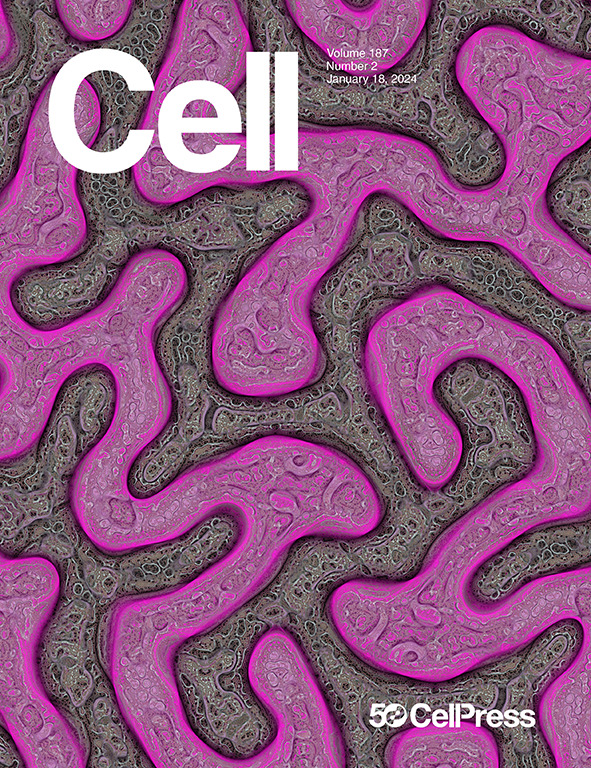揭开“被遗忘的人”的起源和基因组成:喀尔巴阡盆地萨尔马提亚时期人口的研究
IF 42.5
1区 生物学
Q1 BIOCHEMISTRY & MOLECULAR BIOLOGY
引用次数: 0
摘要
从公元前3世纪开始,游牧的萨尔马提亚人统治着本蒂克草原,从公元50年开始统治大匈牙利平原,直到公元4世纪匈奴扩张。在这项研究中,我们对1至5世纪匈牙利和喀尔巴阡山麓地区的156个基因组进行了大规模的遗传分析。我们的研究结果揭示了喀尔巴阡盆地(CB)萨尔马提亚人的少数东亚血统,将他们与其他地区人群区分开来。利用F4统计、qpAdm和血统鉴定(IBD)分析,研究人员发现,CB萨尔马提亚人起源于乌拉尔和哈萨克斯坦地区的草原萨尔马提亚人,罗马尼亚萨尔马提亚人可能是这两个群体之间的遗传桥梁。我们还确定了在萨尔马提亚时代的两次以前未知的移民浪潮,以及萨尔马提亚人口在匈奴时期的显著连续性,尽管亚洲血统的个体流入较少。这些结果为萨尔马西亚人的迁徙和与罗马帝国相邻的一个关键种群的遗传历史提供了新的线索。本文章由计算机程序翻译,如有差异,请以英文原文为准。

Unveiling the origins and genetic makeup of the “forgotten people”: A study of the Sarmatian-period population in the Carpathian Basin
The nomadic Sarmatians dominated the Pontic Steppe from the 3rd century BCE and the Great Hungarian Plain from 50 CE until the Huns’ 4th-century expansion. In this study, we present a large-scale genetic analysis of 156 genomes from 1st- to 5th-century Hungary and the Carpathian foothills. Our findings reveal minor East Asian ancestry in the Carpathian Basin (CB) Sarmatians, distinguishing them from other regional populations. Using F4 statistics, qpAdm, and identity-by-descent (IBD) analysis, we show that CB Sarmatians descended from Steppe Sarmatians originating in the Ural and Kazakhstan regions, with Romanian Sarmatians serving as a possible genetic bridge between the two groups. We also identify two previously unknown migration waves during the Sarmatian era and a notable continuity of the Sarmatian population into the Hunnic period despite a smaller influx of Asian-origin individuals. These results shed new light on Sarmatian migrations and the genetic history of a key population neighboring the Roman Empire.
求助全文
通过发布文献求助,成功后即可免费获取论文全文。
去求助
来源期刊

Cell
生物-生化与分子生物学
CiteScore
110.00
自引率
0.80%
发文量
396
审稿时长
2 months
期刊介绍:
Cells is an international, peer-reviewed, open access journal that focuses on cell biology, molecular biology, and biophysics. It is affiliated with several societies, including the Spanish Society for Biochemistry and Molecular Biology (SEBBM), Nordic Autophagy Society (NAS), Spanish Society of Hematology and Hemotherapy (SEHH), and Society for Regenerative Medicine (Russian Federation) (RPO).
The journal publishes research findings of significant importance in various areas of experimental biology, such as cell biology, molecular biology, neuroscience, immunology, virology, microbiology, cancer, human genetics, systems biology, signaling, and disease mechanisms and therapeutics. The primary criterion for considering papers is whether the results contribute to significant conceptual advances or raise thought-provoking questions and hypotheses related to interesting and important biological inquiries.
In addition to primary research articles presented in four formats, Cells also features review and opinion articles in its "leading edge" section, discussing recent research advancements and topics of interest to its wide readership.
 求助内容:
求助内容: 应助结果提醒方式:
应助结果提醒方式:


